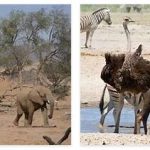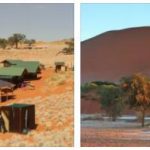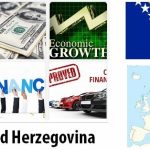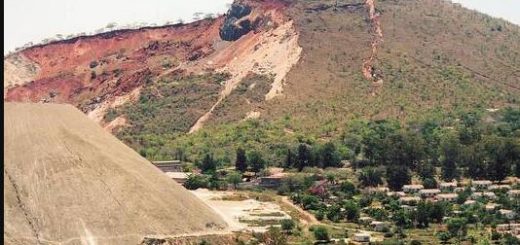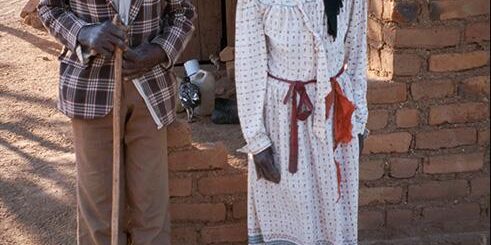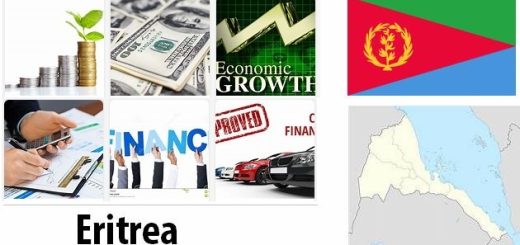Namibia Economy Facts
Economical overview
The cornerstones of the economy are the rich supply of diamonds, other minerals and fish, as well as large-scale livestock management. It provides good export earnings and relatively high wealth; Namibia is considered a middle-income country. At the same time, the distribution of income is one of the most unequal in the world. Most of the population is largely outside the formal economy.
The proportion of poor Namibians has decreased in recent years, but more than one in four residents are still considered poor. Most depend on livestock care and agriculture for self-catering. The white Namibians, who make up about 6 percent of the population, own most large companies and farms. However, there is greater equality among officials.
- Countryaah.com: Major imports by Namibia, covering a full list of top products imported by the country and trade value for each product category.
Independent Namibia has invested in education and health care to level the conditions for citizens, and is trying to increase blacks’ share of and participation in the formal economy. Employers – both private and public – must have a plan to improve the financial conditions of the “previously disadvantaged”. The black entrepreneurs have also increased and the level of education has been increased. A black Namibian middle class has emerged in the cities.
The government is also trying to create a favorable investment climate and encourage new industry. The large dependence on raw materials makes Namibia sensitive to fluctuations in world market prices and to the whims of the weather. During the 1990s, fishing and processing of fishery products increased sharply. Later, diamond grinding and some manufacturing of textiles and clothing have been added.
But developments are slow, despite the fact that Namibia has better credit ratings and less corruption problems than many other countries in the region. Contributing causes are a small domestic market and a shortage of educated labor. It has proved difficult to create new jobs. The high unemployment makes it difficult to lose weight in the oversized state administration.
The global financial crisis of 2008-2009 caused a severe setback. Diamond export revenues more than halved and growth stopped. However, the recovery was good in 2010, due to both improved world market situation and government investment. Growth has been at just over 5 per cent a year since then, favored by major construction projects as well as investments in the mining sector.
- Abbreviationfinder.org: Check this abbreviation website to find three letter ISO codes for all countries in the world, including NAM which represents the country of Namibia. Check findjobdescriptions to learn more about Namibia.
The economy is strongly linked to South Africa. The Namibian dollar has the same value as the South African rand and interest rates as well as inflation are followed.
The United States, Germany and Japan are the most important bilateral donors.
Government debt grew in 2010–2012 and is now at just over a quarter of gross domestic product (GDP), which means that the debt burden is still quite manageable.
FACTS – FINANCE
GDP per person
US $ 5,931 (2018)
Total GDP
US $ 14,522 million (2018)
GDP growth
-0.1 percent (2018)
Agriculture’s share of GDP
7.2 percent (2018)
Manufacturing industry’s share of GDP
10.1 percent (2018)
The service sector’s share of GDP
57.7 percent (2018)
Inflation
4.8 percent (2019)
Government debt’s share of GDP
45.8 percent (2018)
Currency
Namibian dollar
Assistance per person
US $ 74 (2017)
2012
December
Geingob takes over as prime minister
A few days after Swapo’s party congress, President Pohamba re-furnishes the government. Minister of Trade and Industry Hage Geingob becomes new prime minister after Nahas Angula, who may quit after eight years in the post.
Hage Geingob becomes presidential candidate
At Swapo’s party congress, Trade and Industry Minister Hage Geingob is re-elected as vice chairman. He thus appears as likely candidate for Swapo ahead of the 2014 presidential election, when the incumbent President Hifikepunye Pohamba is not allowed to stand in the Constitution.
October
Election appeal is rejected
The Supreme Court rejects the opposition’s complaint regarding the 2009 elections. The Court finds that mistakes were made but claims that it did not affect the final result.

